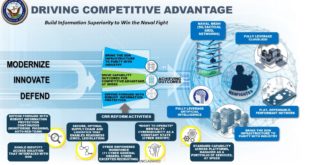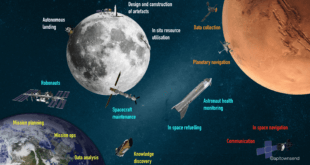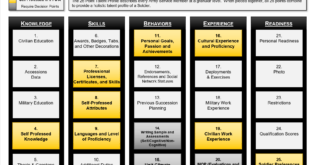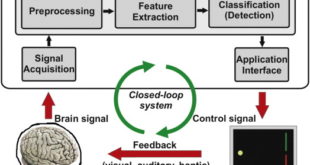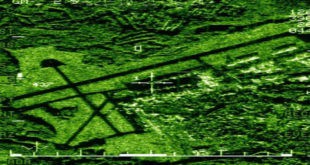A database is an organized collection of data, generally stored and accessed electronically from a computer system. Where databases are more complex they are often developed using formal design and modeling techniques. The database management system (DBMS) is the software that interacts with end users, applications, and the database itself to …
Read More »US DOD developing tactical Cloud computing for battlefield,or combat cloud for Target Tracking and Localization (TTL) and Persistent Surveillance
Broadly speaking, cloud computing refers to the practice of remotely storing and accessing information and software programs on demand, instead of storing data on a computer’s hard drive or accessing it through an organization’s intranet. This practice relies on a cloud infrastructure, a collection of hardware and software that may …
Read More »Device as a service (DaaS) is becoming future of business hardware
The work-from-home needs of employees due to COVID-19 could help drive big changes in how laptops and other devices are sold. Digital transformation and the work-from-home movement may not be the only big technology trends gaining strength due to the COVID-19 pandemic of 2020. Also picking up traction in the …
Read More »“Smart” technologies transforming shipping industry and ports by improving quality, increasing productivity and lowering costs
Shipping is the lynchpin of a global economy between exporters and importers. Today, about 90% of the world’s goods are transported by water connecting with various land transfer systems, such as rail, truck, and air.” Globalization has fueled huge growth in the shipping industry. Low-cost shipping is the means that …
Read More »US Navy’s Information Superiority Vision is to modernize, innovate, defend platforms and developing a culture of information readiness
The Department of the Navy Chief Information Officer Aaron Weis has released the DON Information Superiority Vision in Feb 2020 which conveyed the DON’s vision for information superiority through our information, modernized network design, and our workforce; and defines our way forward. As stated by General David H. Berger, …
Read More »AI and Machine Learning being employed by Space Agencies for space exploration and Space Force for Space Warfare
Artificial intelligence has long been transforming our daily lives and the daily operations of many businesses. From smart assistants like Siri and Alexa to more complex solutions that optimize business flow in large organizations, the technology has become so pervasive that it has almost become an inseparable companion. But AI’s power …
Read More »Army turns to data analytics and machine learning for skill identification, talent recruitment and development
The National Defense Strategy and the Army Strategy both point out that the global security environment is increasingly complex and shaped by several emergent trends. In the past, the Army has enjoyed a competitive advantage over any potential adversary in capital, technology, and people. More recently, however, near-peer, revisionist great …
Read More »Militaries developing Machine Learning Algorithms to decode Brain Signals for Brain-computer interface (or BCI)
Brain-computer interface (or BCI) is basically setting up a connection between the human brain and the computer device to control or to perform certain activity using brain signals. These brain signals are translated as an action for a device. The interface thus provides a one-to-one communication pathway between the brain …
Read More »US Navy modernizing it’s C4ISR for implementing it’s Information Superiority Vision
The Department of the Navy Chief Information Officer Aaron Weis has released the DON Information Superiority Vision in Feb 2020 which conveyed the DON’s vision for information superiority through our information, modernized network design, and our workforce; and defines our way forward. As stated by General David H. Berger, the 38th …
Read More »DARPA MTR will develop algorithms to enable SAR sensors to detect, geolocate, and image moving ground and airborne targets.
The aim of ground surveillance is the large scale, continuous and near real time determination of a dynamical ground picture. This task comprises detection and tracking of moving single targets and convoys, mobile weapon systems, and military equipment. The sensors of choice are airborne Ground Moving Target Indicator (GMTI) radar …
Read More » International Defense Security & Technology Your trusted Source for News, Research and Analysis
International Defense Security & Technology Your trusted Source for News, Research and Analysis




